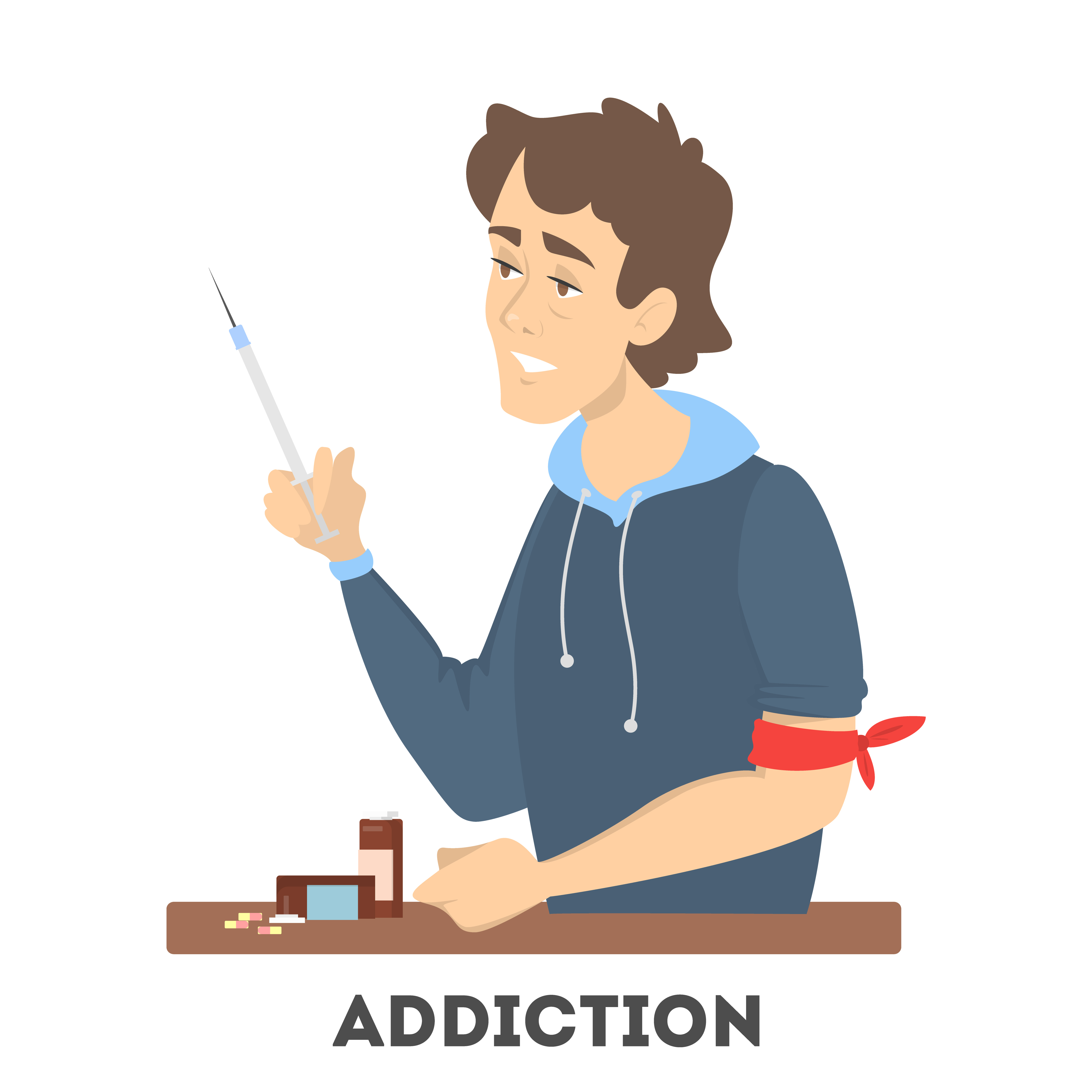-
- 30 Sep
Challenges of Introducing Injectable Naltrexone to Patients
In a placebo-controlled research study that failed to demonstrate the efficacy of a medication regimen for opiate detoxification, researchers found some promising news for programs looking to help opiate-dependent patients initiate treatment with injectable naltrexone.
Programs which offer medication-assisted treatment for opiate use disorders often face the dual task of accommodating patients who would not like to take a maintenance drug (buprenorphine or methadone) but helping them stay drug-free for the week to 10 days needed to receive Vivitrol. Research supported by Alkermes, Inc, the makers of Vivitrol, therefore tested the effectiveness of a low-dose oral naltrexone with or without buprenorphine in a 7-day detox treatment plan.
Lead researcher Dr. Adam Bisaga from the New York State Psychiatric Institute stated, “We were hoping that adding those (medications) would make a difference, and maybe a manufacturer could then make these doses available in the market.”
The study discovered that while detox plans involving oral naltrexone resulted in similar induction rates to Vivitrol as a protocol in which patients received a placebo. Yet all of the study’s detox protocols, delivered in an outpatient rehab setting, were generally effective, in transitioning patients to Vivitrol and all were well tolerated. The research results were published in the April 2018 edition of Drug and Alcohol Dependence.
Basaga stated, “There were enough positive results that this was reassuring. Very few people believed that you could do this on an outpatient basis.”
The study authors wrote the most startling finding of all: Even though many patients continued to use illicit drugs during the transition period to Vivitrol induction, “infrequent use of opioids did not seem to preclude patients from making a successful transition to the medication.”
Bisaga explained, “If they use (opioids) once or twice and you give them the low doses of the withdrawal symptom meds, that’s all they need.”
The study authors reported, “It is worth noting that most of the treatment sited that took part in this multisite trial had no prior experience conducting outpatient opioid detoxification and (Vivitrol) induction; therefore, we believe this protocol can be utilized in community-based treatment programs.”
In conclusion, Bisaga said, “Many patients are interested in non-opioid treatment. Do you give them a choice? You want to give people options.”
Study Link:
https://www.ncbi.nlm.nih.gov/pmc/articles/PMC4331107/
https://www.ncbi.nlm.nih.gov/pmc/articles/PMC3128868/
About the Author
admin


